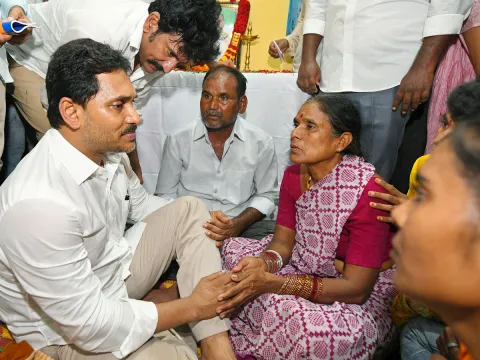
Sequential model puzzle test
As the name of the puzzle suggests, the questions are based on the sequence of happenings that take place
As the name of the puzzle suggests, the questions are based on the sequence of happenings that take place on successive days or dates. This model also includes the questions on the identification of the people living on different floors in an apartment/building. Though there is no much difference in the variation that we come across among the questions. Let us divide them into sub models for clarity and better understanding.
n Following are the sub models that are normally asked in the bank exams:
1. Order- denoting puzzles
These puzzles are asked to find out the events/ happenings taking place on the successive days/dates. Let us discuss with the help of an example.
n Example: Seven subjects Sociology, Psychology, English, Geography, History, Economics and Hindi are taught on the days from Monday to Friday by five persons A, B, C, D and E.
n Each person teaches at least one subject. At least one subject is taught every day. No person teaches two subjects on the same day. B teaches Sociology on Wednesday. History is taught by E but not on Monday or Thursday. English is taught on Monday by A. Geography and Economics are taught on Monday and Tuesday respectively. D teaches only one subject Psychology on Tuesday. Geography is not taught by E or B. The person who teaches English or Hindi does not teach Economy. E does not teach Economy.
Point to remember: Generally we will be giving preference to the order of persons while solving the puzzles. But, in sequential model we have to always give importan ce to the sequence of the events/ things that is discussed in the puzzle. This is the best way to solve any sequential model puzzle test.
Now, let us identify & discuss the key points given in the question.
n English is taught on Monday by A
n History is taught by E but not on Monday or Thursday.
n Geography and Economics are taught on Monday and Tuesday respectively. ® Geography is taught on Monday and Economy is taught on Tuesday.
n D teaches only one subject Psychology on Tuesday.
n B teaches Sociology on Wednesday.
So, the basic data can be tabulated as follows:
n Each person teaches at least one subject. ® So, Hindi and History must have taught either on Thursday or Friday. E does not teach on Monday and Thursday. So, it can be safely concluded that E taught History on Friday, and C taught Hindi on Thursday.
n Geography is not taught by E or B. D teaches only one subject. A cannot teach two subjects on the same day. Hence, Geography is taught by C. Hence, the complete solution is given as under:
2. Destination - denoting puzzles
n These puzzles ask us to track the passengers travelling to various destinations.
Example: A, B, C, D, E, F and G are seven persons who travel to office everyday by a particular train which stops at five stations I, II, III, IV and V respectively after it leaves base station.
n Three among them get in the train at the base station.
n D gets down at the next station at which F gets down
n B does not get down either with A or E.
n G alone gets in at station III and gets down with C after having passed one station.
n A travels between only two stati- ons and gets down at station V.
n None of them gets in at station II.
n C gets in with F but does not get in with either B or D.
n E gets in with two others and gets down alone after D.
n B and D work in the same office and they get down together at station III.
n None of them gets down at station I.
n F gets in at the next station at which B gets in.
Now, let us pick up the definite points and tabulate it.
n B and D work in the same office and they get down together at station III.
n D gets down at the next station at which F gets down ® So, F gets down at station II.
n E gets in with two others and gets down alone after D ® E gets down at station IV
n A travels between only two stations and gets down at station V. ® So, A travels from station IV and V.
n G alone gets in at station III and gets down with C after having passed one station. ® G and C get down at station V.
Hence, the data are tabulated as follows:
n F gets in at the next station at which B gets in.
n C gets in with F but does not get in with either B or D.
n Three among them get in the train at the base station.
n E gets in with two others.
n As three get in the train at the base station, they must be E, B and D.
n F and C get in at the station I.
n So, the complete solution is as follows:
Station Getting into the Getting down
train the train
Base
station E, B, D
I C, F
II F
III G B, D
IV A E
V G, C, A














